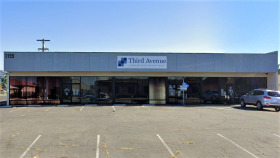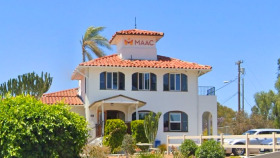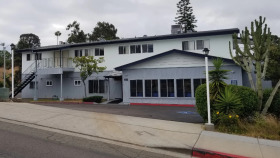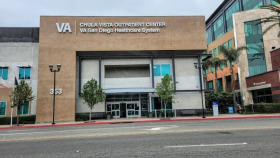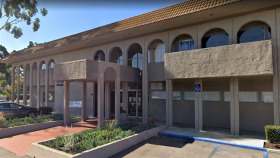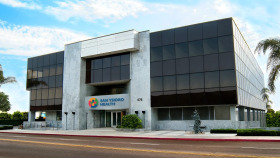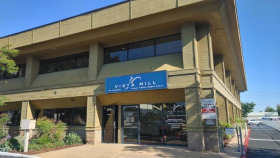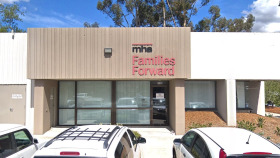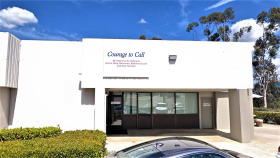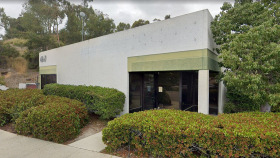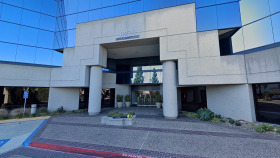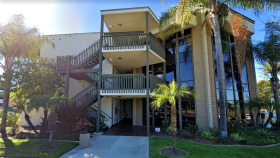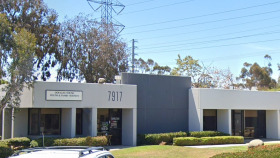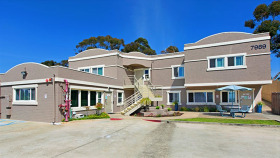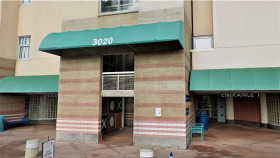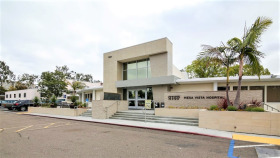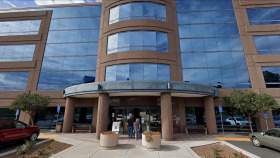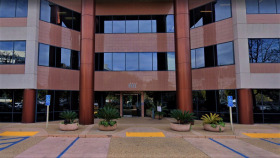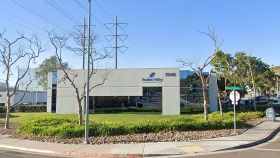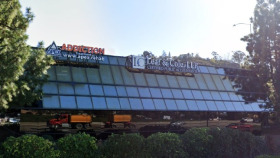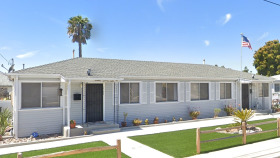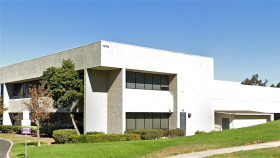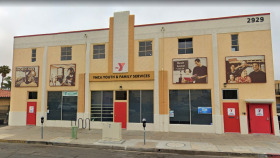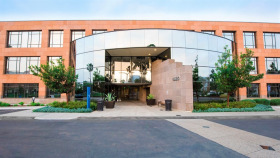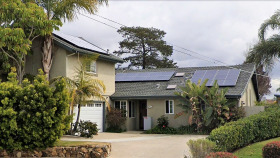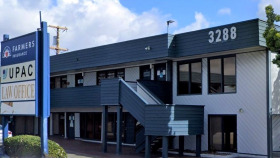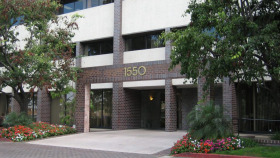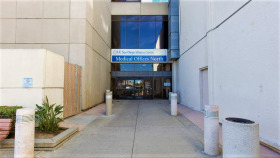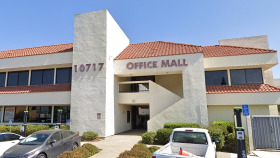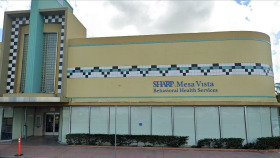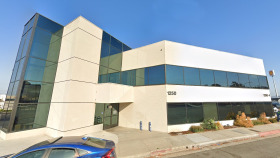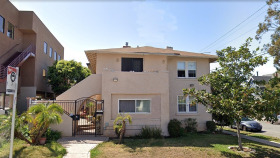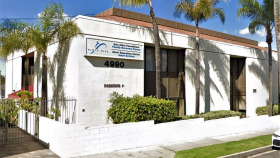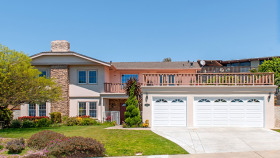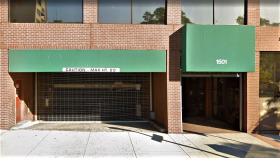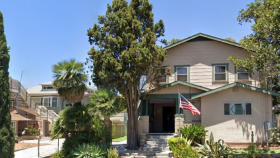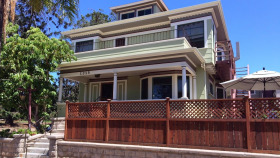Expert Insights
If you ever wonder how drug trafficking impacts a city, Chula Vista should be one of the first places you look. The city is just seven miles from the Mexican border, which means drug cartels use its roadways and its citizens as part of their drug trafficking network. In fact, the cartels now illegally import thousands of pounds of drugs into the U.S. and through Chula Vista. As a result, the city has now become one of the most surveilled in the county. In fact, its citizens are monitored by the nations’ largest law enforcement agency: the U.S. Customs and Border Protection. CBP uses high-powered drones, automated license plate scanners, facial recognition technologies, radars, infrared sensors, surveillance blimps, and surveillance towers on a daily basis. And while some citizens feel it’s an invasion of privacy, most simply wish they’d catch and put an end to the cartel’s reign.
~ Natalie Baker
How Expensive is Drug Rehab in Chula Vista?
Depending on a range of factors, your cost will vary. This includes:
The type of services you need, such as detox and medication management
Any ancillary services you might need, such as nutrition or exercise therapists
How long of a program you intend to participate in
Your health insurance coverage and ability to self-pay
The location you choose to seek treatment in
Regardless of your needs and ability to pay, there are numerous Chula Vista drug rehabs ready to help you succeed in recovery from addiction.
How Does Chula Vista Compare in Alcohol and Drug Use?
Just south of San Diego, CA, Chula Vista is a gorgeous place to live and work. However, like many areas across the country, it has an overarching problem with rising substance abuse rates and overdose-related injury and death.
If you or someone you love is struggling with addiction, know that there is help within reach. There are more than 70 alcohol and drug rehab centers in Chula Vista and the surrounding area that can help get you on the path to recovery.
Meth and fentanyl are the worst threats facing those that live in Southern California, according to the latest research:
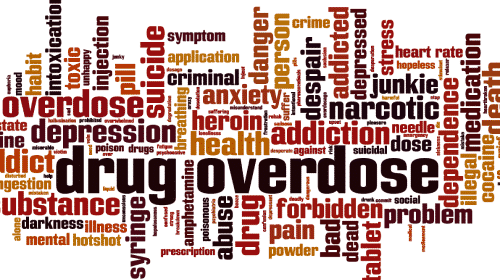
In 2019, there were 152 overdoses related to fentanyl, and the number in 2020 tripled.
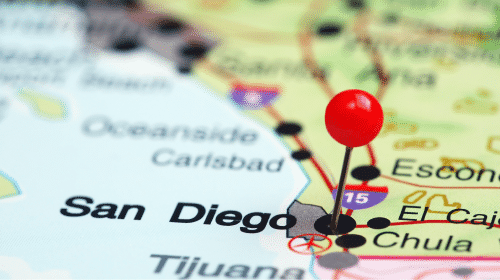
Between 2016 and 2021, the rate of meth-related overdoses in San Diego County rose by 87.8%.

Meth seizures at the California-Baja border increased by 383% in the same period, or 33,381 kgs.
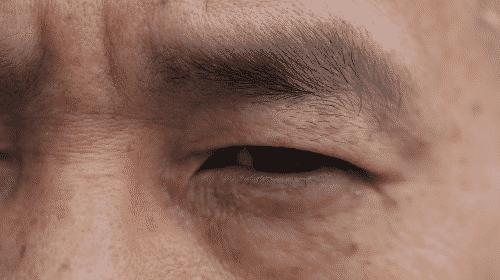
Meth was the number one cause of rehab admission in 2021, causing 31% of all admissions.
Alcohol and Drug Laws in California
Good Samaritan Overdose Law in CA: The Good Samaritan law protects people who call for emergency assistance if they witness an overdose from prosecution to an extent if they have illegal narcotics or paraphernalia.
Proposition 36: Rehab for Non-Violent Offenders: This bill is designed to provide judicial intervention services to people who commit crimes while under the influence. Many facilities work with people in this program, helping clients cooperate with court-ordered requirements like periodic UA samples.
Resources
- California Health Network San Diego, Health and Human Services Agency. (August 21, 2020). Fentanyl Overdose Deaths Related to Illicit Drug Use.
- San Diego County Meth Strike Force. (2022). 2021 Report Card.
- San Diego County. (2022). Alcohol and Drug Services (ADS).
- National Alliance on Mental Illness. (2022). Substance Use Disorders.
- U.S. Department of Veterans Affairs. (2022). Treatment of Co-occurring PTSD and Substance Use Disorder in VA.
- Salazar, J., Page, B., & Ripoll, C. (2021). Features, State and Context of Narcissism in Drug Abuse. Substance Use & Misuse, 56(1), 11–24.


